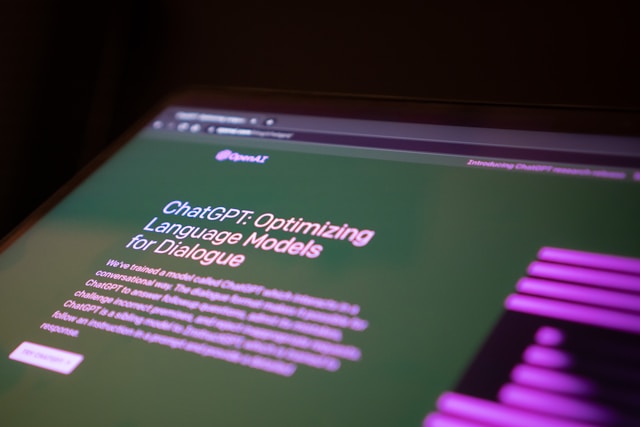To truly unlock the power of AI tools like ChatGPT, you need to master the art of prompt engineering. This skill is the key that separates casual users from power users, allowing you to get precise, high-quality results instead of generic ones. It’s not about being a tech expert; it’s about learning how to give clear, thoughtful instructions to guide the AI toward your desired outcome.
Table of Contents
Think of yourself as a director and the AI as an actor; your prompt is the script and direction. The clearer your instructions, the better the performance. This involves crafting and refining your questions or instructions to leverage the AI’s capabilities optimally, ensuring you get useful, creative, and accurate responses every time.
🚀 Best Practices for Effective Prompts
Getting the best results from ChatGPT involves more than just asking a simple question. By incorporating a few key techniques, you can significantly improve the quality of the AI’s output. These best practices are easy to learn and apply to any task.
- Be Specific: Ambiguity is the enemy of a good prompt. Instead of a broad question like “Tell me about marketing,” ask something specific like “Create a 3-step marketing plan for a new Minecraft Twitch channel.”
- Provide Context: Give the AI some background information. If you need an email written, provide examples of the desired writing style. The more context the AI has, the more tailored its response will be.
- Use Clear Language: Avoid jargon unless it’s relevant to your query. Simple, direct language works best. Overly complex sentences or double negatives can confuse the AI and lead to poor results.
- Iterate and Refine: Your first prompt might not yield the perfect answer. Use the AI’s initial response as a starting point and ask follow-up questions to refine the output until it meets your needs.
🎭 The ‘You Are a…’ Technique
One of the most powerful prompt engineering techniques is to assign a role to the AI. Starting your prompt with a phrase like “You are a…” immediately sets a specific context and perspective for the response. For example, instead of asking for suggestions for an English curriculum, prompting with “You are an English teacher creating a comprehensive curriculum for foreign students” will produce a much more detailed and professional plan.
This method forces ChatGPT to answer from the viewpoint of an expert in that role, leveraging its vast dataset to provide an answer that is more structured, knowledgeable, and directly applicable to your scenario. By mastering this and other prompt engineering techniques, you can make ChatGPT a significantly more powerful tool for any project.
More Topics
- How to Personalize Bedtime Stories for Your Children
- How to Use AI as a Social Media Manager
- How to Analyze and Identify Objects in Photos
- How to Practice Mindfulness with AI-Guided Meditation
- How to Get Started with the ChatGPT Interface
- How to Create a Budget by Analyzing Receipts with AI
- How to Create Professional Business Graphics with DALL-E

